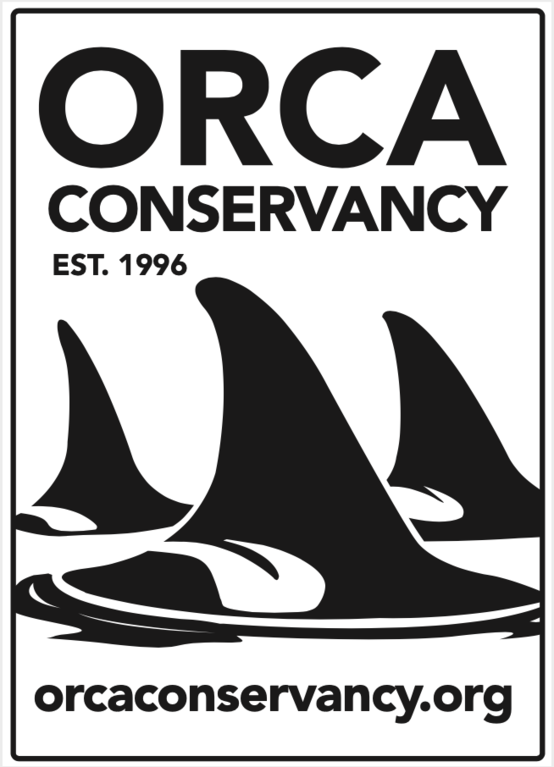Baby girl gives hope to orca pods’ future

 Katherine Dedyna / Times ColonistJanuary 8, 2015 09:33 PMUpdated: January 9, 2015 03:28 PM
Katherine Dedyna / Times ColonistJanuary 8, 2015 09:33 PMUpdated: January 9, 2015 03:28 PM
A baby killer whale born in late December is a female and “looking good,” says a relieved Shari Tarantino of the Washington-based Orca Conservancy.The baby orca reappeared Wednesday with her mother and grandmother in the northern Strait of Georgia after not being seen since the first sighting on Dec. 30.The baby will be called J-50 but “everybody wants to call it Hope,” Tarantino said, because the calf represents hope for the recovery of the declining J, K and L pods in the Salish Sea, the coastal waters between the southwestern tip of B.C. and the north-western tip of Washington state.J-50 brings the total in the three southern resident orca pods to 78, but that won’t be official until the baby survives until next winter, said Tarantino, board president of the volunteer group working to protect orcas and their habitat.Only 16 of the 78 are females of reproductive age, so the birth of a female is especially welcome, Tarantino added. All three pods are classed as endangered under Canada’s Species at Risk Act. Reproductive age begins around 14 — a long time to wait for desperately needed new members for the pod.“This baby is one of the last little hopes we have for this population to survive,” said Ken Balcomb of the Center for Whale Research in Washington state.Researchers believe that J-50’s mother is J-36. J-36 is swimming with her mother, J-16, who is 43 years of age — normally considered beyond reproductive age.Because the newborn has bite marks on it — a sign of whale midwifery — researchers believe that J-16 assisted her daughter at what may be her first birth.“We suspect what happens sometimes in these troubled deliveries, is that another whale sort of gently bites the little baby and pulls it out, and leaves teeth marks,” Balcomb said. “We can definitely see the teeth marks and we surmise that it’s an assisted delivery.”J-16 has given birth at least five times and would be unlikely to require assistance, but babysitting is not unusual for grandmother orcas, he added. Three of J-16’s offspring continue to swim by her side.“There just aren’t many reproductive females left in the population and that’s a tragedy that we’ve allowed to happen,” Balcomb said.The conservancy has carefully catalogued presumed maternities for 40 years using photo-identification verified by genetic studies.The birth of J-50 is especially good news in light of the recent deaths of two other orcas, Tarantino said. L-120, barely two months old, and the first orca born locally since 2012, died in October. J-32, found floating near Courtenay on Dec. 4, was about age 20 and in a late-term pregnancy. The female fetus died and likely rotted in her womb, causing an infection and the mother was unable to expel the fetus, Tarantino said, adding the official report won’t be out until February.Researchers are trying to persuade both the Canadian and U.S. governments that the whale diet of salmon needs to be protected.“We have to have abundant food supplies in order for them to meet the nutritional needs of reproduction and they just haven’t done it,” Balcomb said. “You’ve got to have fish, got to have salmon, got to have chinook salmon, and you’ve got to have lots of it.”kdedyna@timescolonist.comWith a file from The Canadian Press.This is a corrected version of an earlier story.© Copyright Times Colonist
